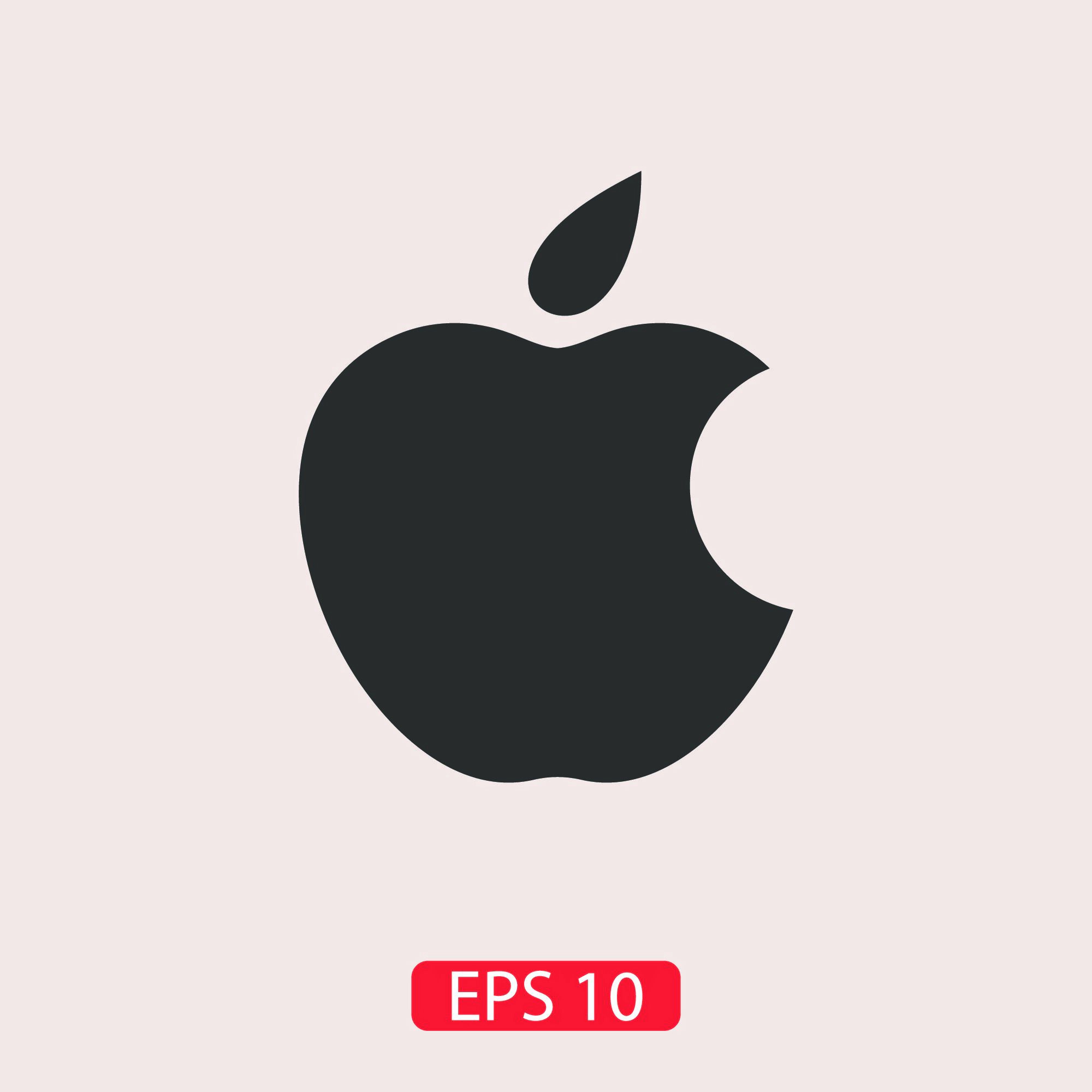The Absorption Costing Method In Management Accounting

It reveals inefficient or efficient production resource utilization by displaying under- or over-absorption of manufacturing overheads. Numerous organizations, including FASB (USA), ASG (UK), and ASB (Australia), have acknowledged it for the purpose of establishing external reporting and inventory value (India). It further makes it a useful tool for evaluating suitable product pricing. Evaluate the price of a product’s manufacture first, and then divide them into distinct cost pools. The following diagram explains the cost flow for product and period costs.
Accounting for All Production Costs
To put it another way, all manufacturing costs are absorbed into the price of the finished goods. Expenses incurred to ensure the quality of the products being manufactured, such as inspections and testing, are included in the absorption cost. These are expenses related to the manufacturing facility, and they are considered fixed costs. In this article, we’ll explore the fundamental concept of absorption costing for accounting in manufacturing. Absorption costing is viewed as the cornerstone of cost accounting in manufacturing businesses and plays a pivotal role in financial decision-making and performance evaluation. One of the main advantages of choosing to use absorption costing is that it is GAAP compliant and required for reporting to the Internal Revenue Service (IRS).

Erroneous Product Costs by arbitrary methods:
- Absorption costing fails to provide as good an analysis of cost and volume as variable costing.
- Calculating absorbed costs is part of a broader accounting approach called absorption costing, also referred to as full costing or the full absorption method.
- This not only helps the management in evaluation of the financial condition of the business but also estimate the cost and plan production accordingly.
- Absorption costing is typically used for external reporting purposes, such as calculating the cost of goods sold for financial statements.
- Absorption costing is a method of costing that includes all manufacturing costs, both fixed and variable, in the cost of a product.
This ensures no cost is left out, providing a more accurate and complete picture of a company’s financial performance. Absorption Costing gives a company a better understanding of profitability, mainly if all its products are sold during a different absorption costing period of manufacture. This is important if a company plans to ramp up production in anticipation of a seasonal sales increase. Once the cost pools have been determined, the company can calculate the amount of usage based on activity measures.
Absorption Costing: Definition, Formula, Calculation, and Example
The treatment of fixed manufacturing overhead costs, such as salaries and building leases, is the primary difference between these two different accounting styles. Additionally, it is not helpful for analysis designed to improve operational and financial efficiency or for comparing product lines. That means that’s the only method needed if it’s what a company prefers to use.
- Fixed manufacturing overhead costs remain constant regardless of the level of production.
- Absorbed cost, also known as absorption cost, is a managerial accounting method that includes both the variable and fixed overhead costs of producing a particular product.
- Profitability is increased when unsold items don’t result in the fixed overhead costs being added to expense reports.
- The goal of absorption costing is to determine the full cost of producing a product, which can be useful for pricing, decision-making, and planning.
- Yes, you will calculate a fixed overhead cost per unit as well even though we know fixed costs do not change in total but they do change per unit.
- Neither Magnimetrics nor any person acting on their behalf may be held responsible for the use which may be made of the information contained herein.
Instead, these costs remain in the inventory balances until the products are sold, at which point we charge their cost to COGS (cost of goods sold). Absorption costing is a system used in valuing inventory, which considers the cost of materials and labor, and also the variable and fixed manufacturing overheads. Next, we can use the product cost per unit tocreate the absorption income statement. We will use the UNITS SOLDon the income statement (and not units produced) to determinesales, cost of goods sold and any other variable period costs. Next, we can use the product cost per unit to create the absorption income statement.

Variable Costing
- What’s more, for external reporting purposes, it may be required because it’s the only method that complies with GAAP.
- By including all costs in the cost of a product, managers can better understand the true cost of production and make informed decisions about pricing, profitability, and resource allocation.
- It is sometimes called the full costing method because it includes all costs to get a cost unit.
- To put it another way, all manufacturing costs are absorbed into the price of the finished goods.
- This eliminates the distinctions between fixed and variable costs, thereby reflecting the impact of overhead on manufacturing.
Absorption costing allocates all non-direct manufacturing overheads to produced goods, whether these are sold or not, which is the main difference with variable costing. That way, in absorption costing, fixed production overheads are split in two – attributable to COGS (cost of goods sold) and attributable to inventory (finished goods ending balance). The term absorption costing refers to the method in which the entire production cost is allocated to each and every output proportionately. It is a very common method used widely in the business especially in the manufacturing sector, and in this way the company is able to determine the cost of individual product and services. Absorption costing (also known as traditional costing, full costing, or conventional costing) is a costing technique that accounts for all manufacturing costs (both fixed and variable) as production cost.

Therefore, if a company uses variable costing, it may also have to use absorption costing (which is GAAP-compliant). The various manufacturing or production costs related directly to the produced goods or other cost objects are what we refer to as overheads. These costs are not directly attributable to the products, so they are usually absorbed on a predetermined overhead allocation rate. Each unit of a produced good can now carry an assigned total production cost. This eliminates the distinctions between fixed and variable costs, thereby reflecting the impact of overhead on manufacturing. By following these steps, you can calculate the absorption costing for a company and use it to assess the full cost of producing a product, determine the cost of goods sold, and calculate the gross margin.
